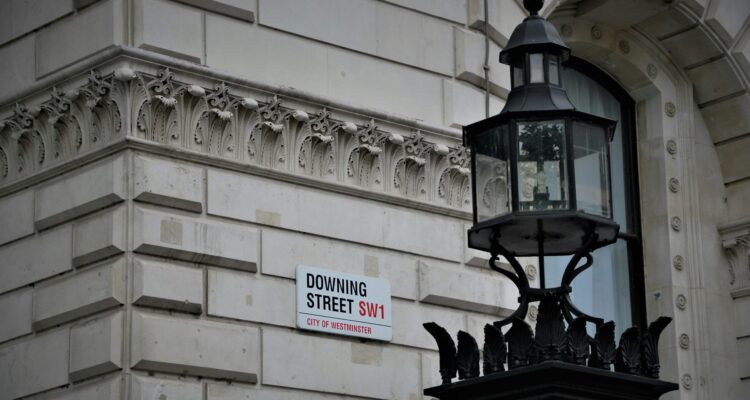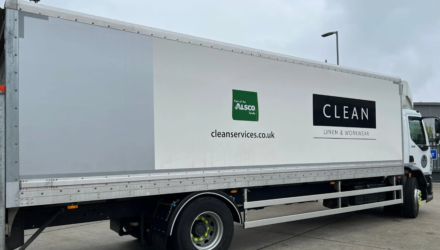The general election is underway, but what should the main parties include in their manifestos for the fleet, leasing and transport industry?
This is Fleetpoint’s manifesto for the 2024 election:
- The Zero Emission Vehicle mandate (ZEV) maps out a target to reduce vehicle emissions to zero by 2035. Businesses need a stable and robust policy environment. However, current policy is based around the Battery Electric Vehicle (BEV). The new government should consider a mix of powertrains to achieve zero emissions. This should switch the emphasis from a single focus on BEVs to equal emphasis for hydrogen vehicles and should not rule out further development of hybrid technology for internal combustion engine vehicles also.
- The new Government needs to create a clearly signposted long-term transport tax road map that sets out how the core transport taxes will evolve with the growth of ZEVs. Low benefit-in-kind tax (BiK) rates for BEVs has transformed demand for ZEVs and incentivised drivers to make the transition out of petrol and diesel cars. However, BiK is just one of a range of transport taxes. Both Vehicle Excise Duty (VED) and fuel duty play a huge role in the cost of transport. While there is a positive forward vision for BiK, the introduction of VED on ZEVs from 2025 will disincentivise consumers in the new and used market. A policy for fuel duty over the life of the next parliament should also be mapped out so that fleets can plan with certainty.
- A policy should be introduced to support consumers buying used BEVs. Fleets are the largest buyers of BEVs responsible for over 70% of new registrations in the UK market. Last year was the first year that used BEVs entered the market in volume and the immediate impact was a sharp decline in their value. Demand is not matching the supply. This is creating difficulty in forecasting future residual values. Fleets, funders, dealers and manufacturers are therefore facing challenges over the long-term viability of transition to ZEVs and the new government should set up a task force with the industry to look at how the used market is performing so that they can determine fiscal incentives to avert market failure.
- Greater support is needed for electric vans and HGVs where the emphasis needs to be on hydrogen additional to electric vehicles. Additional to providing further purchasing incentives such as the Plug-in Van Grant, plans to introduce VED for electric vans should be scrapped.
- Public charging networks are expanding rapidly across the country, but commercial vehicles are at risk of being excluded. Specifically, charging bays are not designed for larger vehicles, there is no ability to book a charging bay in advance, which is vital for fleet planning logistics, and payment should be simplified and include fuel cards to streamline the process.
- The process for delivering private charging also needs reconsideration. Measures should include grid connection upgrades, simplification about processing the cost of infrastructure installation and clarification regarding landlord approval where a site is not operator owned. A third of respondents cited power supply infrastructure as one of the biggest challenges for fleet electrification in the Logistics UK Van Report 2023.
- Electric vans are heavier than diesel vehicles due to the weight of the battery. This results in 4.25 t e-vans being treated like HGVs, requiring MOTs after one year rather than three years for diesel vans. This creates greater cost and impacts on downtime for the fleet operator. 4.25 t e-vans should face the same rules and regulations as 3.5 tonne diesel vans.
- High energy prices are undermining the running cost benefits of ZEVs. Private charging remains cheaper but, as utilisation of ZEVs becomes mainstream, public charging will be increasingly relied upon. Rapid public charging is up to 25% more expensive compared to petrol or diesel per mile. The 5% VAT rate on domestic electricity is not available to those using public charging where the full 20% rate is levied. 5% VAT should therefore be applied to all public and private charge points.
Author: Ian Hare, Managing Director of Motor Management



















